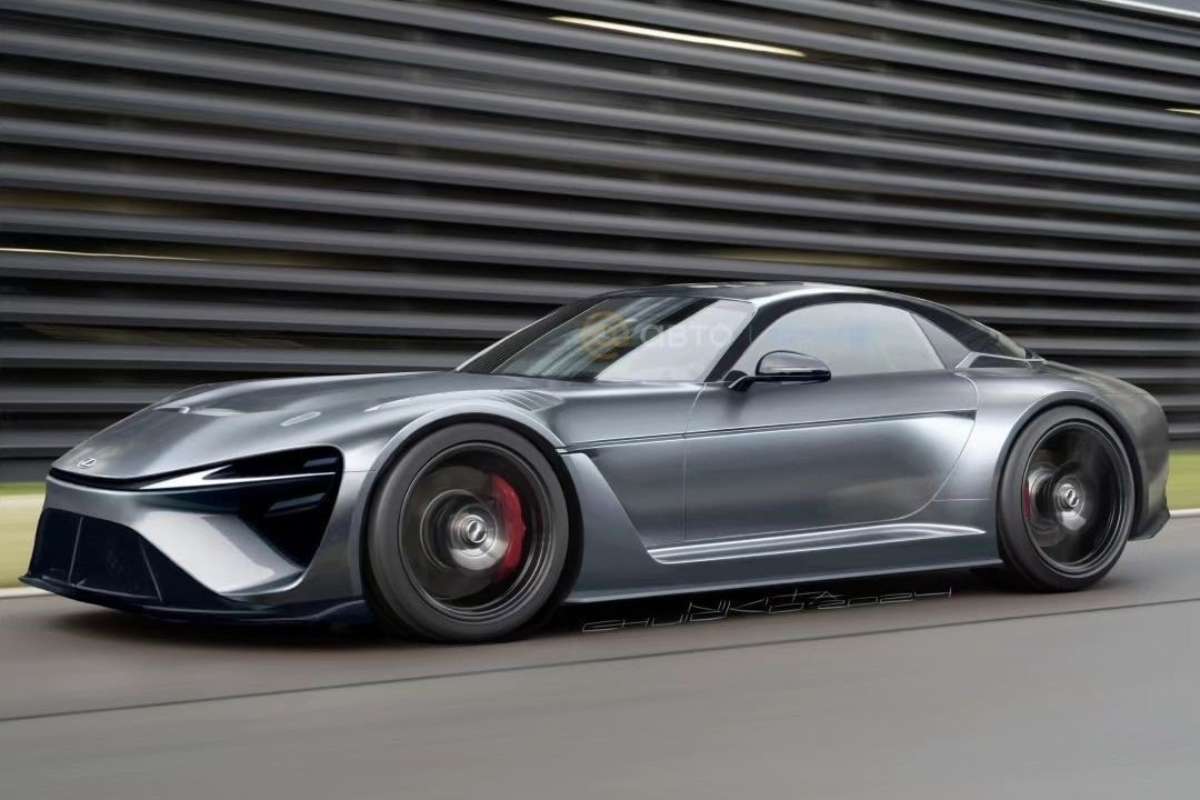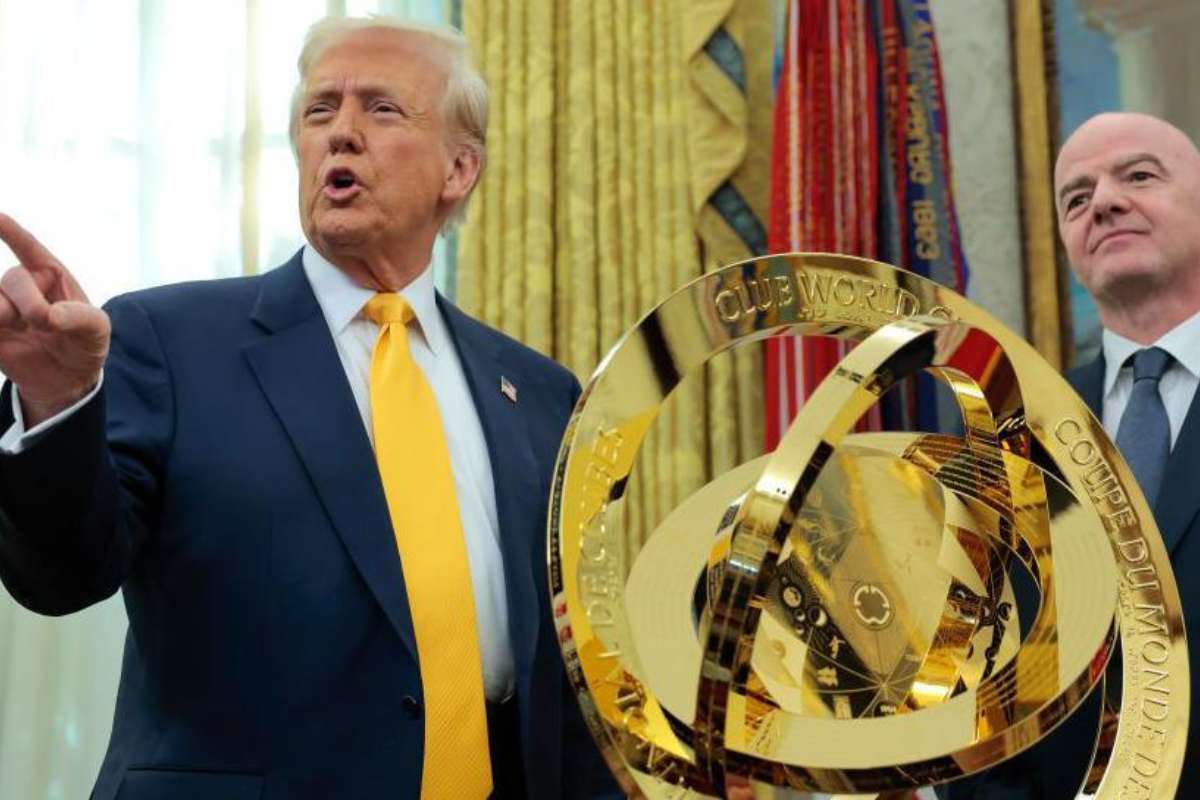In the complex ecosystem of economics, monopolistic competition stands as a fascinating and prevalent market structure. This comprehensive guide delves into the intricacies of this, exploring its definition, characteristics, impact on pricing and innovation, and the role it plays in shaping the business landscape.
Defining Monopolistic Competition: Unraveling the Basics
This type of competition is a market structure that combines elements of both monopoly and perfect competition. In this dynamic setting, numerous sellers offer differentiated products, allowing for a degree of market power each business holds over its unique offering.
Key Characteristics
1. Product Differentiation:
Definition: Products in monopolistic competition are distinct, creating a perceived uniqueness.
Impact: This differentiation allows businesses to have some control over pricing and gives consumers options to choose based on preferences.

2. Many Sellers:
Abundance: Numerous sellers operate in the market.
Effect: Intense competition prevents any single seller from dominating, maintaining a diverse business landscape.
3. Free Entry and Exit:
Flexibility: Businesses can enter or exit the market relatively easily.
Consequence: This characteristic promotes innovation and adaptability.
4. Non-Price Competition:
Focus: Competition extends beyond price to features, branding, and customer experience.
Advantage: Encourages businesses to enhance product quality and services.
5. Elastic Demand:
Sensitivity: Consumers are responsive to changes in product features or characteristics.
Ramification: Businesses must continually innovate to maintain or expand market share.
Impact on Pricing Strategies
1. Price Flexibility:
Freedom: Businesses have some control over pricing due to product differentiation.
Consideration: Pricing decisions are influenced by factors beyond cost, such as brand perception and unique features.
2. Elasticity of Demand:
Sensitivity: Demand elasticity is higher due to product differentiation.
Strategy: Businesses must gauge consumer responsiveness to changes in non-price factors.
Innovation in Monopolistic Competition

1. Incentive for Innovation:
Drive: Businesses strive to stand out through continuous innovation.
Outcome: Constant product development benefits consumers and drives economic growth.
2. Variety of Products:
Diversity: Market offers a wide array of products.
Result: Consumers enjoy choices and the opportunity to select products meeting their specific needs.
Advantages:
1. Market Flexibility and Differentiation
One of the primary advantages of monopolistic competition lies in its flexibility and the ability of businesses to differentiate their products. In this setting, numerous sellers offer variations of goods and services, each with its unique features. This product differentiation allows businesses to cater to specific consumer preferences, creating a diverse market where consumers can choose products that align with their individual needs and desires. The emphasis on variety fosters a vibrant marketplace that celebrates diversity.
2. Freedom in Pricing Strategies
It grants businesses a degree of freedom in setting their prices. Unlike perfect competition, where prices are determined solely by market forces, businesses in such competition can influence pricing decisions based on factors beyond production costs. The ability to differentiate products allows companies to consider brand perception, unique features, and overall product quality when determining prices. This flexibility empowers businesses to craft pricing strategies that align with their brand positioning and consumer expectations.
3. Encouragement of Innovation
In the competitive landscape of such competition, innovation becomes a driving force. Businesses are incentivized to continually enhance and differentiate their products to stand out in the market. The constant pursuit of innovation benefits both businesses and consumers. Companies stay agile and responsive to changing market trends, while consumers enjoy a continuous stream of new and improved products. This culture of innovation contributes to economic growth, fosters creativity, and ensures that the market remains dynamic and resilient.

4. Variety of Choices for Consumers
The plethora of businesses operating in monopolistic competition results in a wide array of products and choices for consumers. This variety is a significant advantage as it allows consumers to select products that precisely meet their preferences and requirements. The diverse market offerings cater to different consumer segments, ensuring that individuals with varying needs find products tailored to their specific tastes. The abundance of choices enhances consumer welfare, promoting satisfaction and loyalty.
FAQs
Q1: What defines monopolistic competition?
A1: It is a market structure characterized by product differentiation, many sellers, free entry and exit, non-price competition, and elastic demand.
Q2: How does product differentiation impact this type of competition?
A2: Product differentiation gives businesses some control over pricing and encourages non-price competition, fostering innovation and diversity in the market.
Q3: Why is free entry and exit important in monopolistic competition?
A3: Free entry and exit promote innovation and adaptability, allowing businesses to enter or leave the market based on changing conditions.
Q4: How does monopolistic competition affect pricing strategies?
A4: It grants businesses flexibility in pricing, with decisions influenced by factors beyond cost, such as product uniqueness and branding.
Q5: What role does innovation play in monopolistic competition?
A5: Businesses are incentivized to innovate continually to stand out, resulting in a variety of products and choices for consumers.
Conclusion:
Monopolistic competition embodies the intricate dance between competition and differentiation in the marketplace. As businesses navigate this dynamic structure, they must leverage product distinctiveness, non-price competition, and innovation to thrive. Understanding the characteristics and impact of the competition on pricing and innovation allows businesses to not only survive but also excel in a diverse and ever-evolving market environment. This competition, with its blend of competition and product diversity, continues to shape the modern business landscape, encouraging businesses to innovate and cater to the diverse preferences of consumers.








